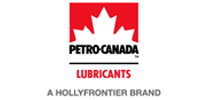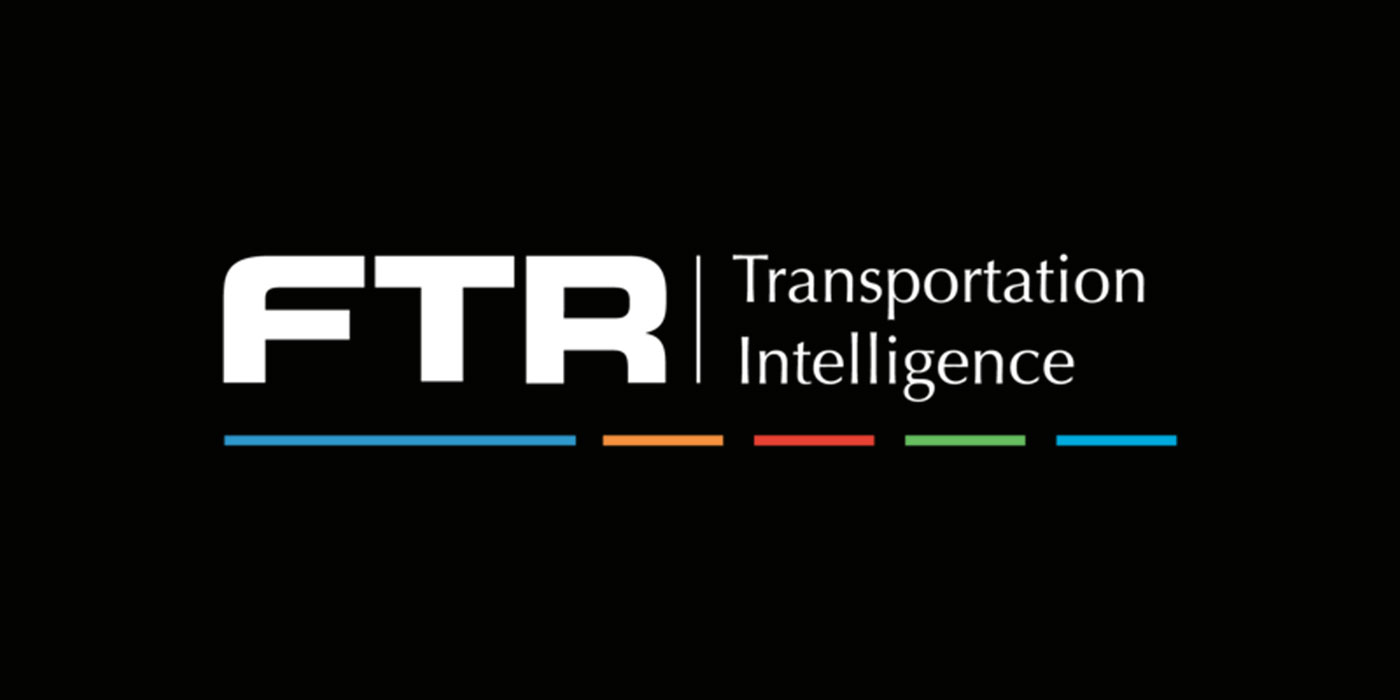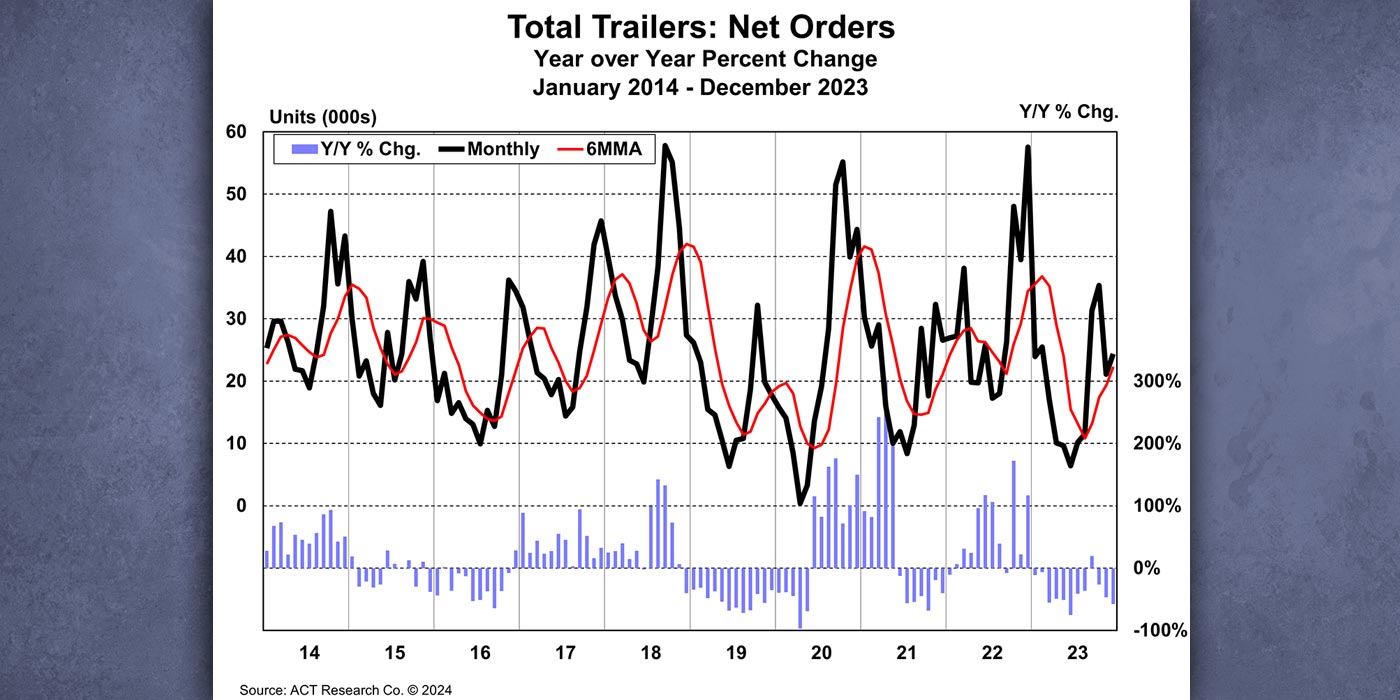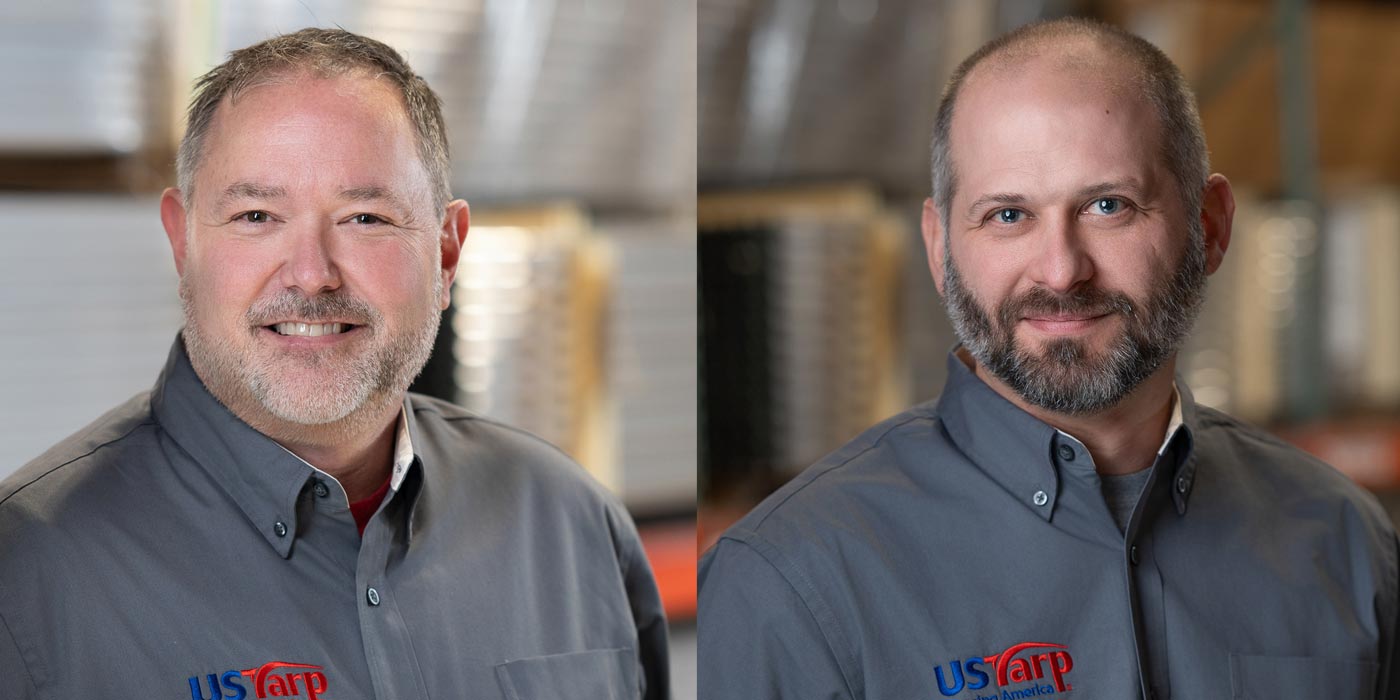Fleets are expected to operate under extreme pressure, carrying heavy loads and meeting demanding schedules, with vehicles needing to run with efficiency and reliability every day to help owners maintain a healthy bottom line for their business.
Fleet managers and maintenance staff can secure efficiencies and reduce costs for their fleet by taking a holistic view of their maintenance program. This should include carefully evaluating the engine oil and transmission fluids used, and how these can benefit fuel economy.
Choosing the right engine oil
Choosing the correct heavy-duty engine oil is crucial in order to protect the inner workings of the engine and prevent wear that can lead to unplanned maintenance and breakdowns. High-quality engine oils help minimize metal-to-metal contact between moving components, while reducing pumping and rotational losses. This helps improve engine efficiency and offers superior protection to the engine’s vital components.
When selecting a heavy-duty engine oil for your fleet, there are five simple steps that every fleet operator should follow:
1. Consult the Original Equipment Manufacturer (OEM) vehicle manual or contact the OEM directly for their advice – they will be able to make a recommendation on engine oil selection based on the specifications of your engine.
2. Review the conditions your fleet operates in – environmental conditions, such as temperature, will dictate the required viscosity grade of the oil. The temperature range in which a lubricant can perform is denoted by its SAE grade.
The viscosity of the oil determines its ability to flow and move around the engine. For example, in cold conditions if the oil’s viscosity is too high, it may resist movement and delay the lubrication and protection of engine components, resulting in increased engine wear.
3. Consider the benefits of synthetic vs non-synthetic oils – synthetic engine oils offer better overall performance than conventional oils due to their superior low temperature performance, while maintaining excellent viscometrics to aid engine protection at elevated operating temperatures. Full synthetic oils use only synthetic base stocks and are uniquely designed for premium performance. They also include additives to improve several characteristics of the oil.
4. Look for proof of performance – engine oils must meet strict global regulations such as Euro VI. Additionally, oils are formulated to meet industry performance standards such as ACEA or API. Proof of these certifications alongside an OEM approval is crucial, as is manufacturer testing results. For example, HollyFrontier Specialities & Lubricants’ Petro-Canada Lubricants DURON™ product line has been put through rigorous and comprehensive testing as well as real-world trials with fleets.
Customer testimonials are therefore also important sources of information and can be a clear indicator of the product’s performance. For example, a recent trial of DURON Advanced 10W-30 with Boots Transport, demonstrated the product’s capability to extend oil drains from 45,000 to more than 60,000 miles – increasing the fleet’s time on the road while reducing maintenance costs.
5. Seek a lubricant manufacturer’s expert support – oil manufacturers invest in testing their products so that they can provide informed recommendations for your fleet, so it’s important to make use of their valuable insight and guidance.
Selecting the wrong lubricant can have a considerable impact on the rate of engine wear, performance, and condition of your vehicle. By seeking professional recommendations throughout the selection process, a lubricant can be chosen that helps prevent unnecessary downtime and improves fuel efficiency.
What role do transmission fluids play?
In addition to engine oils, transmission fluids also play a role in the journey toward improved fuel economy. Each transmission fluid is formulated to optimize the performance of the friction plates or clutches, and to be compatible with the transmission’s seal materials.
The criteria for comparing different transmission fluids for the same application should be based on the fluid meeting the specification, available supporting material and the OEM’s formal approvals. Many heavy-duty transmission OEMs will publish a specification that will outline the minimum chemical and performance requirements for a fluid and transmission fluids are regulated by each OEM individually. The severity of the application should also influence fluid selection, along with expected oil drain intervals. Many transmissions are fill-for-life, so it is important to make the right choice at the start.
It’s vital that operators always follow OEM recommendations when making a transmission fluid choice to help maintain the OEM warranty.
DuraDriveTM HD Synthetic 668, for example, is specially formulated for Allison Transmission’s TES 668™ specification. The automatic transmission fluid (ATF) provides anti-shudder durability 13 times greater than the reference fluid, two times better oxidation control, and optimal wear protection. Through reduced wear and unplanned maintenance, DuraDrive HD Synthetic 668 contributes to a smoother operation and enhanced performance which results in a lower total cost of ownership for fleets.
Taking a holistic approach
Taking a proactive and holistic approach to lubricant selection can help improve the fuel efficiency of a fleet. By choosing an effective heavy-duty engine oil and transmission fluid that meet, or exceed, OEM requirements to provide superior protection in the most challenging of operating environments, fleet owners can maximize the performance and efficiency of their heavy-duty vehicles.
To find out more about Petro-Canada Lubricants products visit lubricants.petro-canada.com















